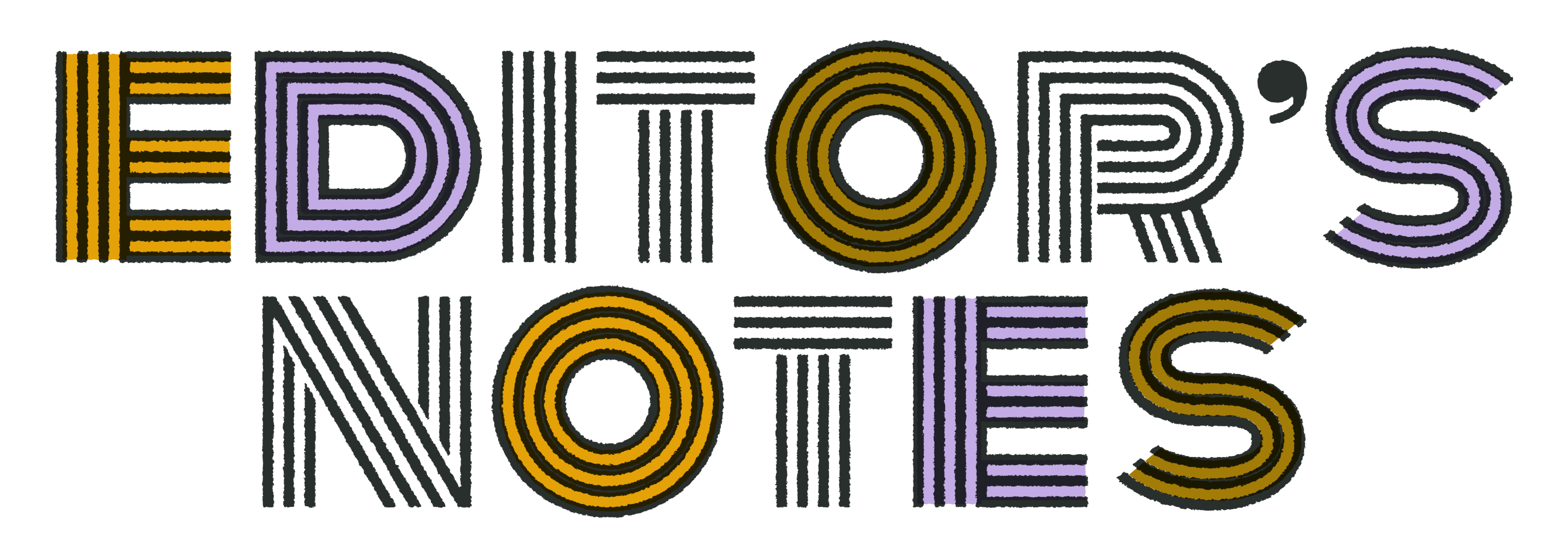
Ethos > Aesthetic
Some consider exercise the healthiest and most enlightened form of stress relief, but my personal default mode is set to turning pages, not pounding pavement. So for this, my inaugural Editor Notes, I’m dipping into the stacks in search of an explanation on aesthetics.
Postmodernism has been top-of-mind for some time now—dripping into our subconscious with the return of Memphis, a revival of (and revulsion to) critical theory in the midst of a particularly absurdist political era, and, more urgently, following the death last week of architect Robert Venturi.
Talk about a man with a mission: Venturi—who, along with his wife and “inspiring and equal partner,” Denise Scott Brown—was a “close reader of buildings,” a contrarian who wrote a “gentle manifesto” that promoted populist architecture, and a designer whose verbose structures both laud the glory of the past and thank God for the present. But he was first and foremost identified with kickstarting the Postmodern movement in architecture (see: Vanna Venturi house, 1962). To hell with the aesthetic tyranny of chilly modernism! As Venturi put it in the aforementioned manifesto, Complexity and Contradiction in Architecture: “Less is a bore.”
One description of Postmodernism that sticks with me comes courtesy of Joan Kron—author of two of my favorite out-there design tomes, High-Tech and Home-Psych—who once described it as “a witty brooch of historical allusion pinned on a contemporary ensemble.” Of course, rarely does a designer like to be pinned him- or herself with such a specific brooch. Venturi disavowed the mantle of Postmodernism once it became lingua franca for stylists—and Saved by the Bell sets—protesting, “I would like to make it plain that I consider myself an architect who adheres to the Classical tradition of Western architecture.” Okay, Bob!
:no_upscale()/cdn.vox-cdn.com/uploads/chorus_asset/file/13144721/9131CC9A_A7E5_4E8D_986D_FDA75FF432DE.JPG)
Alan Buchsbaum, the architect whose work personified the so-called High-Tech movement of the 1970s and ’80s (high Postmodernism, really) laid no claim to a particular aesthetic. But I wonder if such a freewheeling approach—check out the ridiculous, irresistible carpeted dining pit Buchsbaum designed for his own loft, at right—indicates ethos, if not style. Buchsbaum was, after all, dedicated to the high-low, to elevating the everyday, and to tackling each project with completely fresh eyes. He knew the canon, and eschewed it, but only by knowing the rules can you break them. It’s the ideas that matter, not the classification of them.
And speaking of ideas that shatter commonly held wisdom! Last week’s late-breaking news that the Frick would be taking over the lease on Marcel Breuer’s Brutalist icon—which has been occupied by an extension of the Metropolitan Museum since 2016—was a real plot twist. Not because it’s sacrilegious to combine Old Masters paintings with concrete vaults (and yes, it kind of is!) but because it’s exciting as hell.
The old Whitney has lost some of its funkiness as curators have tried to shoehorn in tasteful exhibitions that are modern in classification but anesthetized in temperament. I’m desperate to see something transgressive happen inside one of my favorite buildings in New York—and if that means paying simultaneous homage to vastly different eras: fantastic. Yet another example where a deeper ethos can, ideally, trump the surface veneer of aesthetic.
:no_upscale()/cdn.vox-cdn.com/uploads/chorus_asset/file/13065707/EditorsNote_Rule.jpg)
Top of mind
Distilling all the people, places, and ideas bouncing around my head each month is going to be a challenge, but I shall try. Here in shorthand, a few personalities about whom I’ve been thinking this September, plus some recommended reading:
- Shirley Chisholm: the woman, the legend, who’s only just now getting a park named in her honor in her native Brooklyn.
- Dallas Morning News architecture critic (and co-author of our annual design awards!) Mark Lamster, whose well-blurbed biography of Philip Johnson I just received in galley form. Mark has been working on this thing for nearly a decade—unpacking the legacy of a formative figure in modern architecture while grappling with his faults as a human is no short-term goal. Sample zinger (from the very first page): ”Philip Johnson began his career proselytizing the public in the name of modern design. He finished it building for Donald Trump.”
- Art critic Rosalind Krauss, whose writings on modernism are dense, unsparing, and totally indulgent for former art history students—ahem. From an essay she wrote on none other than Alan Buchsbaum (who designed Krauss’s Soho loft in the 1970s): “Pop [Art] sensibility with its raiding of trademark styles gradually evolved into the historicist eclecticism, the recycling of anti-Modern idioms, that became architectural Postmodernism.”
- Gina Ford, landscape architect and advocate for public space, who has been a watchdog for getting landscape designers the credit they deserve. It’s rare to see an architect engage so directly with the public (especially in a comments section—brave!), but she is putting in the work.
- The incredibly on-brand-for-yours-truly illustrations you see headlining this post are courtesy of Curbed’s first-ever in-house designer, Alyssa Nassner, who joined us in July.
Assigned reading
Don’t Take These Drawings Seriously by Nathalie Du Pasquier (2015)
Home-Psych: The Social Psychology of Home and Decoration by Joan Kron (1983)
The Originality of the Avant-Garde and Other Modernist Myths by Rosalind Krauss (1986)
Learning from Las Vegas (revised) by Robert Venturi, Denise Scott Brown, and Steven Izenour (1977)
Alan Buchsbaum: Architect & Designer: The Mechanics of Taste edited by Frederic Schwartz (1996)
I’m going to be writing these notes on a semi-regular, roughly monthly basis, and there’s no telling what direction they’ll take next. Stay tuned for more—and in the meantime, you can email me at kelsey@curbed.com with any pressing thoughts, compliments, speaking invitations, pitches, or free cruises (jk, have you read our ethics policy?).
/cdn.vox-cdn.com/uploads/chorus_image/image/61523909/Opt1_BlacksmithFilter_Texture_EyeFill.0.jpg)